This 300km trail through Sri Lanka's dramatic tea country made the annual 'World's Greatest Places' list. Here's what it's like to hike it
An extraordinary new walking trail is the best way to experience Sri Lanka’s dramatic tea country, reveals Rosie Paterson. Just watch out for the leopards.
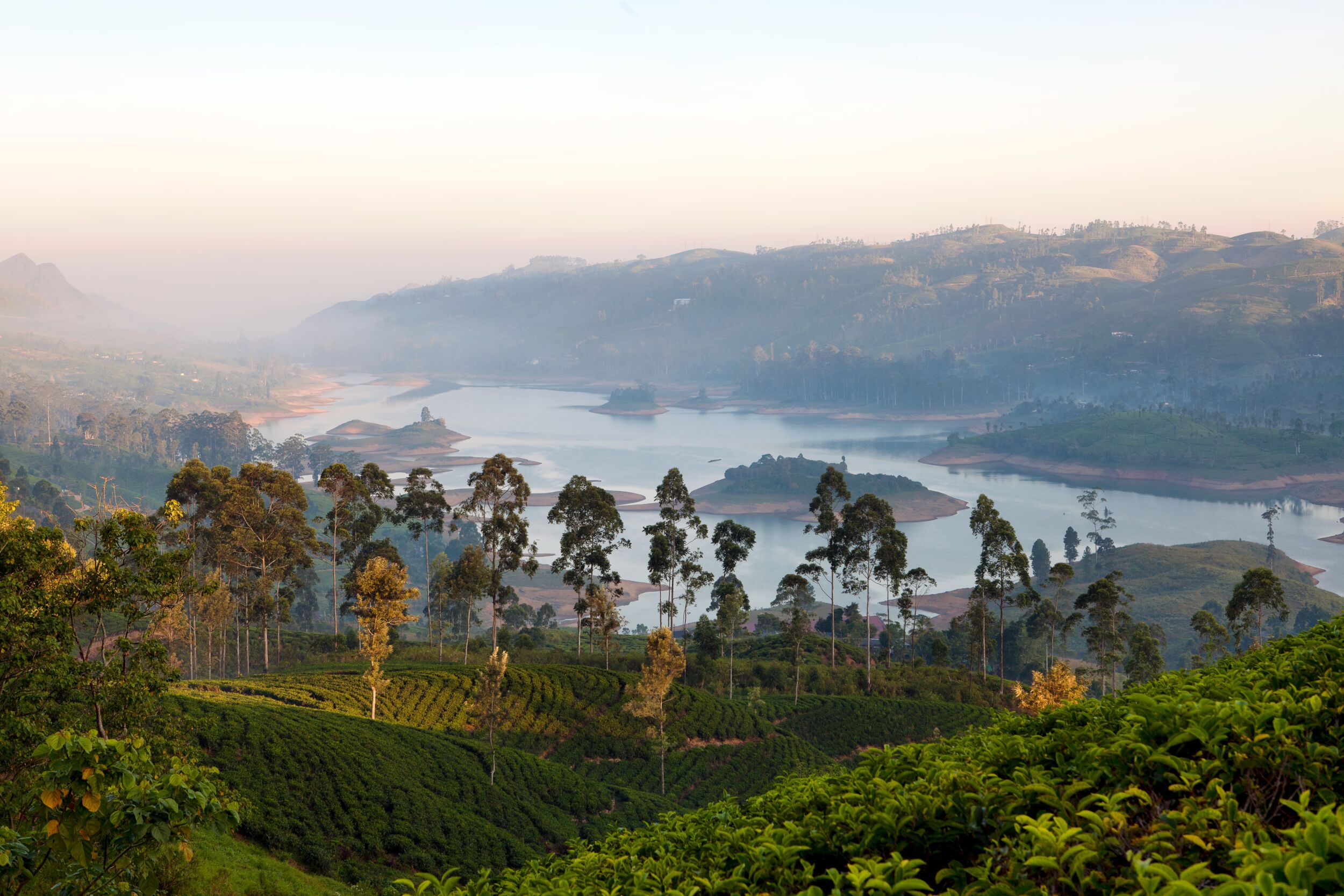

In recent years, few countries have been dealt quite as bad a hand as Sri Lanka. There’s been civil war and natural disasters, terrorist attacks and political crises. It all feels doubly unfair because the south Asian island is so beloved. No one dithers over it; in fact, no one speaks badly of it at all. Thankfully, Sri Lanka now seems to have entered a much-deserved period of stability and, in January, it set a new tourist record.
After the 2019 Easter bombing atrocity — in which three churches and three hotels were targeted in the capital, Colombo — Miguel Cunat, a partner at Sustainable Sri Lanka, found himself in conversation with ‘a gentleman who was working with the EU’ and on the hunt for a standout project to fund, one that would require the involvement of local communities and help strengthen and revitalise the country’s tourism industry. It may not surprise you that Miguel had exactly the project to hand — a 300km walking trail that, viewed as a whole, looks like a fishhook snagged on the country’s mountainous interior.
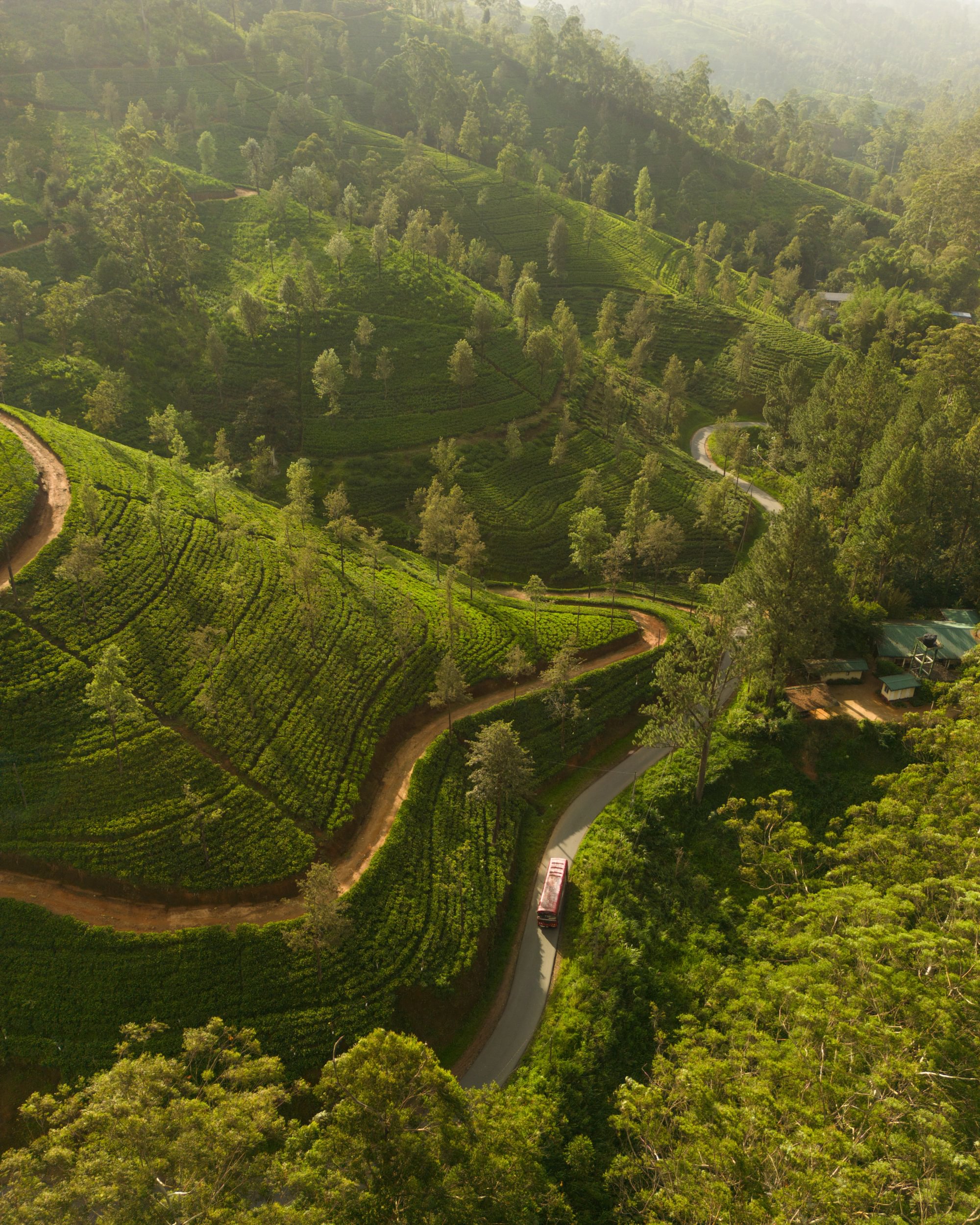
About 15 years ago, the sustainability pioneer and long-time Sri Lankan resident decided to strike out in search of a mysterious trail in Haputale, detailed on a survey map. To cut a long story short, he found it and walked it, arranging to stay on the tea-growing estates through which he passed. In the ensuing six or seven years, he returned again and again, sometimes with friends and family, and simply kept walking, connecting up long-forgotten strands of track and road. The EU and USAID (recently defunded by Donald Trump) covered three years of development and so the 22-stage Pekoe Trail was born.
Earlier this year, it was included on Time's annual World's Greatest Places list.
On Stage Eight, a fleeting, brilliant swoosh of blue catches the eye of our guide, Kith. It’s a bee-eater bird. They have exceptional eyesight to catch the bees that sustain them mid flight, as well as a violent streak, smashing the fragile insects into tree trunks to expel their stingers. Kith’s own enviable eyesight allows him to glimpse and point out yellow-fronted barbers, endemic to Sri Lanka, and a majestic crested serpent eagle. Stage Eight is a 16km, half-day walk, which we complete in reverse, from Bogawantalawa to Norwood. One of the most beautiful stages of the total Trail, it starts in Bogawantalawa Tea Estates with a short and sharp ascent. It’s already warm, so I ask if we could start earlier the following day.
‘No,’ says Kith, ‘unless you want to be eaten by a leopard.’
Point taken. ‘There’s probably one looking at you right now,’ he adds. The Sri Lankan leopard is a sub-species of the animal you might have been lucky enough to spot in Africa, but it’s much bigger (the males can weigh more than 75kg) thanks to something called ‘island gigantism’, a biological phenomenon that occurs when an isolated animal doesn’t have to struggle with as much competition as its mainland cousins. They have a proclivity for snacking on pet dogs and it’s hard not to shake the thought of their citrine-coloured eyes tracking us through the undergrowth.
Exquisite houses, the beauty of Nature, and how to get the most from your life, straight to your inbox.
Bogawantalawa and Norwood are part of the Golden Valley of Tea — the Pekoe Trail passes through 21 tea estates altogether — and the tea grown here is special for multiple reasons, but chiefly because it’s still cultivated by hand and grown in some of the most pristine conditions on Earth. Kith points out lichen icing the trunks of the trees we stumble past. The grey-blue crusty growth is an indicator species; in this case of air pollution. No lichen means that the air is heavily polluted with sulphur dioxide, a by-product of burning fossil fuels. In this Golden Valley, however, it grows in abundance.
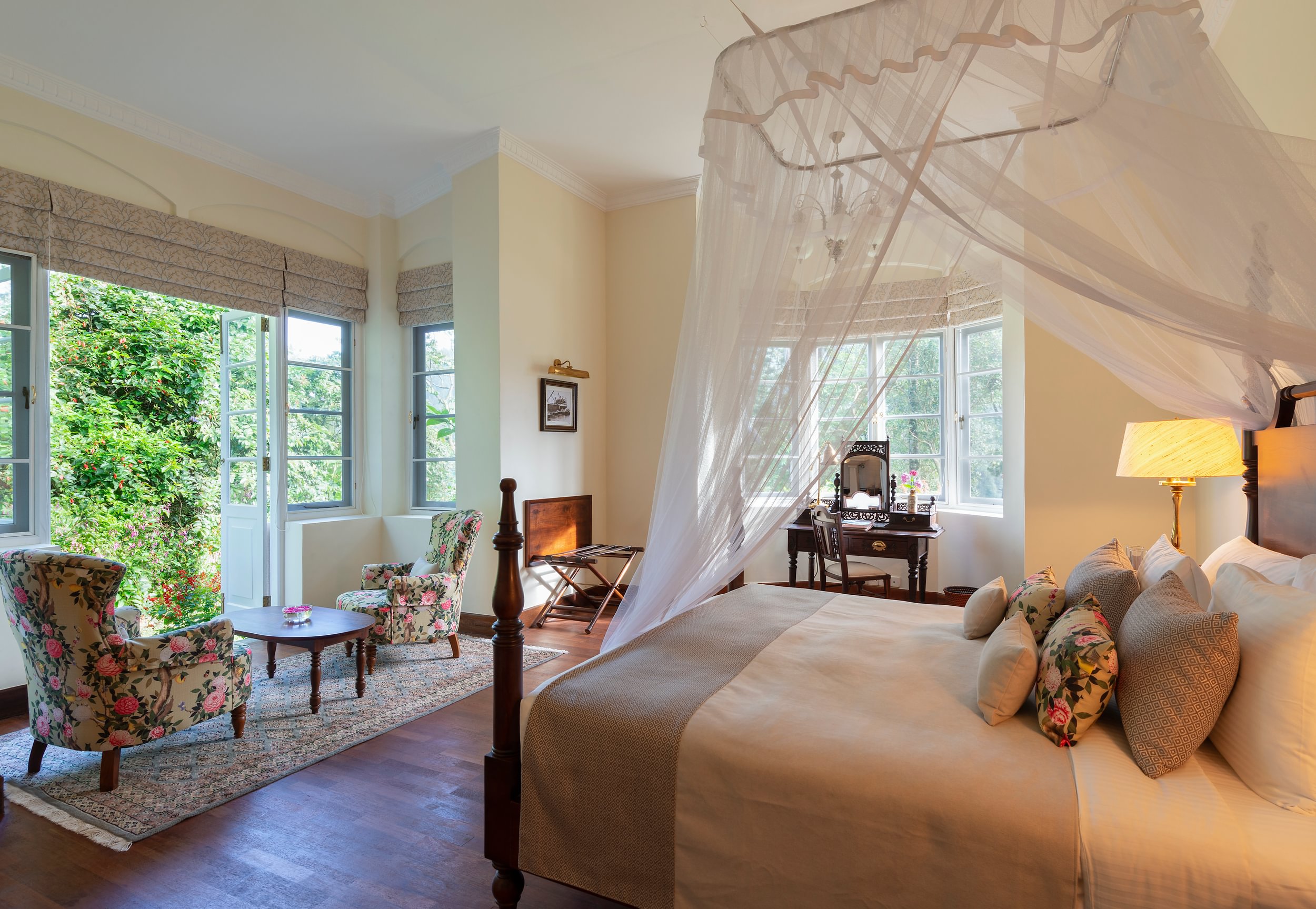
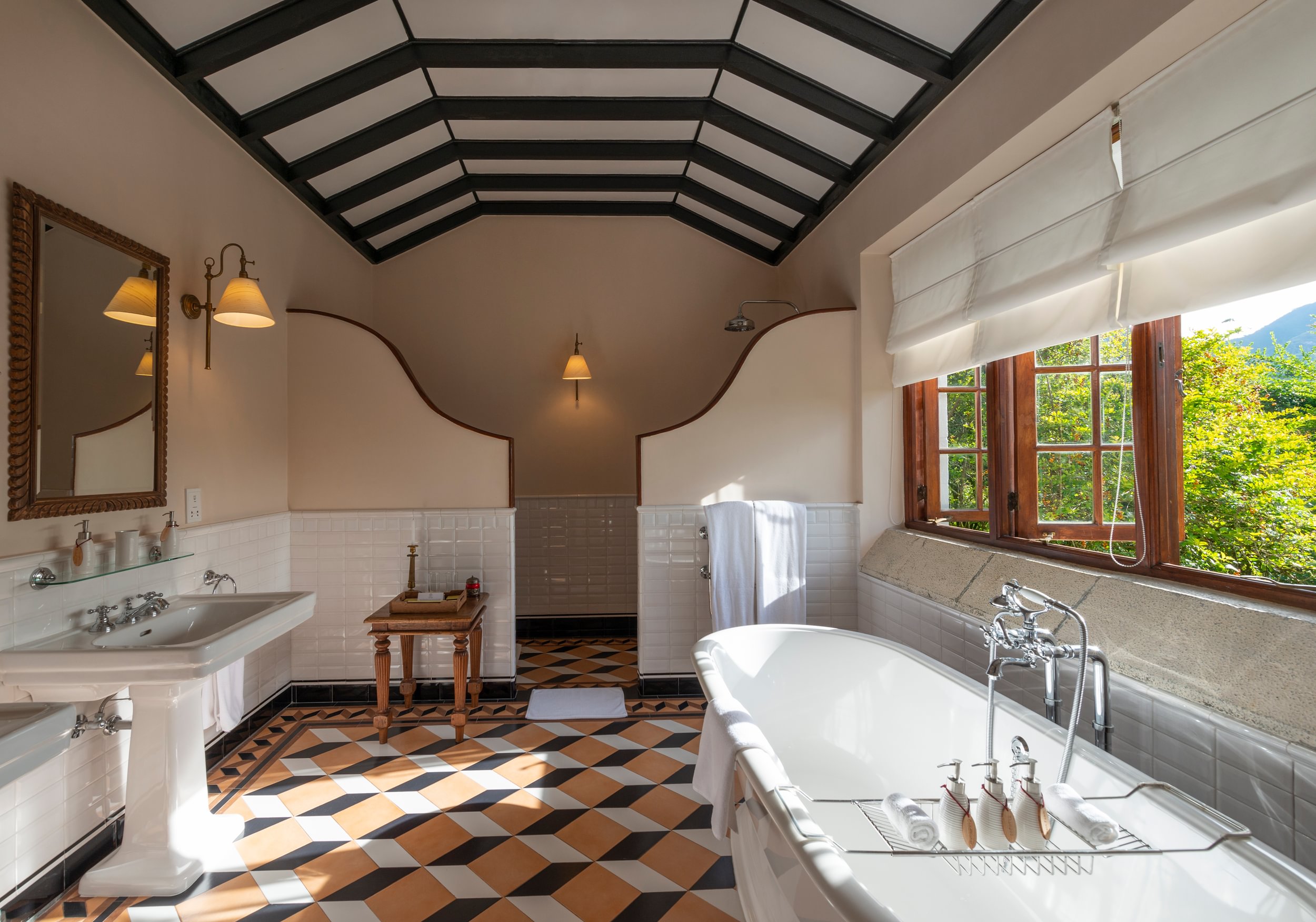
Miguel has a different moniker for the region — ‘the Beverly Hills of the hill country’ — because of the increasing number of ‘high-end resorts’. One of the longest standing is Ceylon Tea Trails, five historic planters’ bungalows stippled along the banks of Castlereigh Reservoir. It’s easiest to get from one to the next by boat or kayak. In the early morning, the soft hills that slope down towards the reservoir’s banks are reflected in the glass-like water. The low-slung sun and a gossamer-fine mist blurs perspective so that, travelling across it, each one looks like a two dimensional stage set. The bungalows can be taken on an exclusive-use or room-only basis; Summerville has the best, uninterrupted views, Castlereagh has immaculately kept gardens, Norwood is somewhat more modern in comparison. They’re all tranquil, portals back in time. There are croquet lawns and panelled libraries, grog trays and spring-fed swimming pools, and dinner is a languid, drawn-out affair that includes a soup course. In-room, Balinese-style massages can be organised by your bungalow’s butler, to help soothe weary limbs.
Where to stay
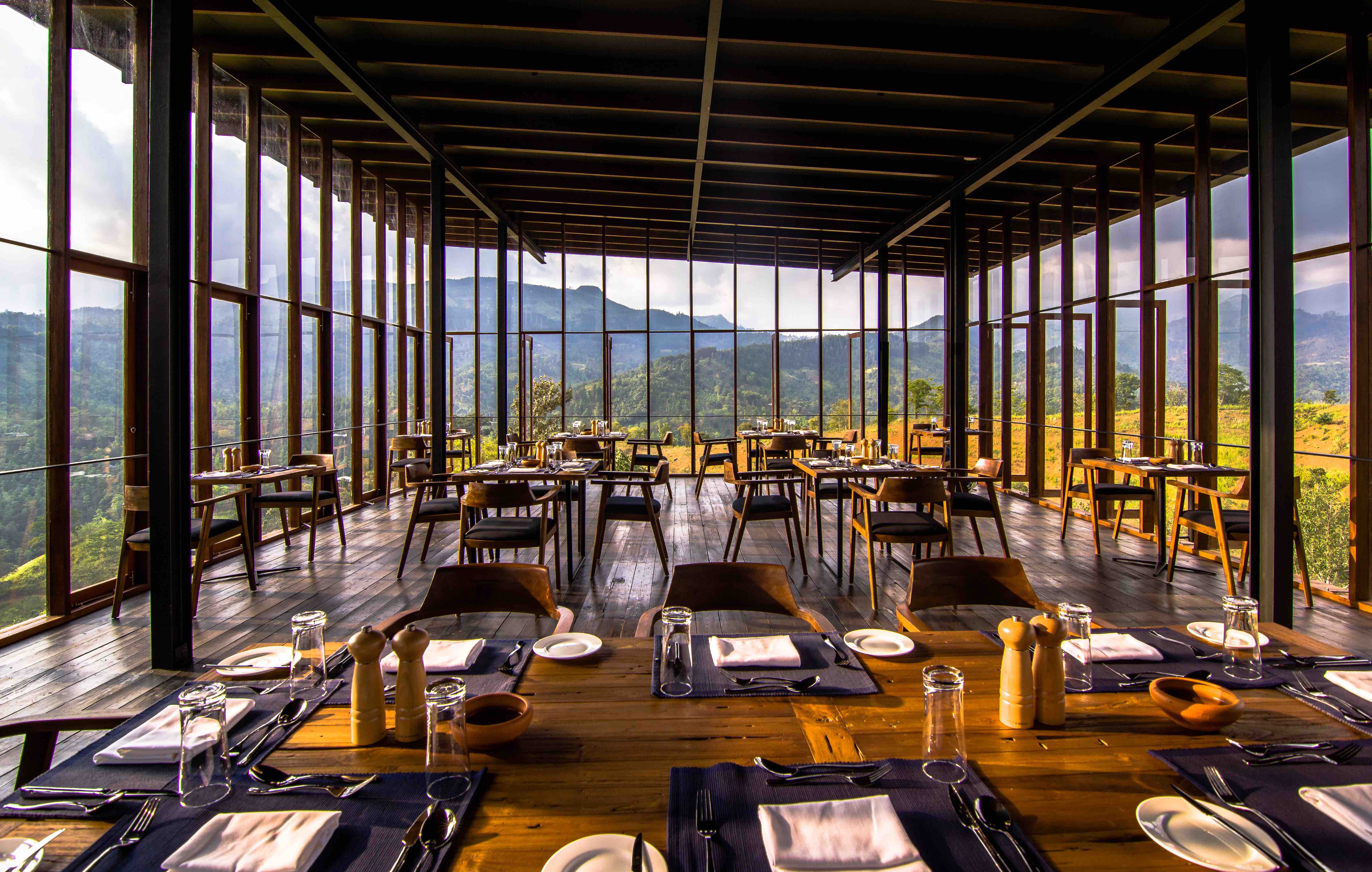
The Wallawwa, Colombo
The Wallawwa is part of Teardrop Hotels and used to merely be an elegant pitstop on your first or final nights in Sri Lanka. Now, it’s a destination in its own right with the introduction of a new wellness offering. There are soulful yoga lessons next to a lilypad-festooned pond full of chattering frogs and blissful, reasonably priced massages; alternatively, you can sign-up to a more intense two-day programme. Don’t miss the impressive vegetable garden, remember to look up at the gargantuan cannonball tree on the hotel’s lawn and definitely order the paneer curry at supper. It comes with an extraordinary array of extras, including chutneys, sambal, veggies and steamed rice.
Santani Wellness, Kandy
Santani — a sleek and stylish ayurvedic hideaway in the jungle (above), an hour’s drive from Kandy — is one of Sri Lanka’s most talked-about new openings. There are twice-daily gruelling yoga classes that will turn even the most inflexible person into a willing stick of plasticine, mind-melting treatments and what might be the world’s most dramatic dining room. The concrete rooms, devoid of any decoration or distraction, seemingly float on top of the tree canopy and there are optional, guided walks to the nearby river bed.
The train from Colombo Fort to Hatton
The majority of luxury tour operators will ensure you have a single driver for the length of your stay, but don’t miss the chance to travel to Kandy or Hatton by train — one of the best ways to get to grips with Sri Lanka’s diverse landscapes. ‘Be polite in front of the women,’ whispered a father to his son when we boarded.
Stage Seven is an easier walk that begins in Kotagala, winds past the blue-roofed Chrysler Farm Tea Factory and deposits you, once again, in Norwood. I was travelling with Lightfoot and the guides recommend stopping for a tea-inspired picnic lunch in a grassy, secluded spot or one with soaring views of fabled Adam’s Peak. The landscape is similar to Stage Eight — a series of undulating, neolithic-like mounds smothered in emerald-green plants you snake your way around — but it’s more populated. Children rush out to greet us to a now familiar chorus of ‘hi’, ‘how are you?’, ‘what’s your name?’ and ‘bye’. They tell us their names and how old they are. An ebullient dog that has, so far, evaded a leopard’s hungry jaws, follows us for a few kilometres before careering back home. The majority of tea pickers are descendants of indentured Hindu Tamil labourers, transported from India to Sri Lanka by the British. In accordance with their religion, they eat little to no meat and let their pets roam free — even if it means losing the odd one to a certain rosette-patterned large cat. It was those first Tamil workers, forcibly separated from friends and family, who created the many pathways that connect the various estates and villages and now make up the Pekoe Trail.
We are joined by three guides on our next day of walking, including Subapriya, who has two sisters and balances guiding tourists with her school studies. One day, she wants to work in finance or IT; jobs that, until recently, have only been accessible to men. Working for the Pekoe Trail — which, as well as guides, employs trail-management and ranger teams and whose existence has led to a swell in hospitality jobs — means that she also has the financial means to do so.
Miguel is delighted that 80% of walkers traversing the trail are domestic travellers, often exploring their country’s heartland for the first time, but says: ‘We need to make sure this organisation operates at a level of professionalism unseen in Sri Lanka.’ Right now, he is campaigning for Green Flag certification, ‘the world standard for recreational trails’, and is looking for stage and kilometre sponsors. Walkers (and sponsors) from all over the world are welcome with open arms.
Lightfoot offers nine-night tailormade holidays to Sri Lanka from £4,520 per person basis, including flights and domestic transfers, one night at The Wallawwa on a B&B basis, four nights at Ceylon Tea Trails on a full-board basis, plus two days of guided walking, and four nights at Santani on a full-board basis.
Rosie is Country Life's Digital Content Director & Travel Editor. She joined the team in July 2014 — following a brief stint in the art world. In 2022, she edited the magazine's special Queen's Platinum Jubilee issue and coordinated Country Life's own 125 birthday celebrations. She has also been invited to judge a travel media award and chaired live discussions on the London property market, sustainability and luxury travel trends. Rosie studied Art History at university and, beyond Country Life, has written for Mr & Mrs Smith and The Gentleman's Journal, among others. The rest of the office likes to joke that she splits her time between Claridge’s, Devon and the Maldives.
-
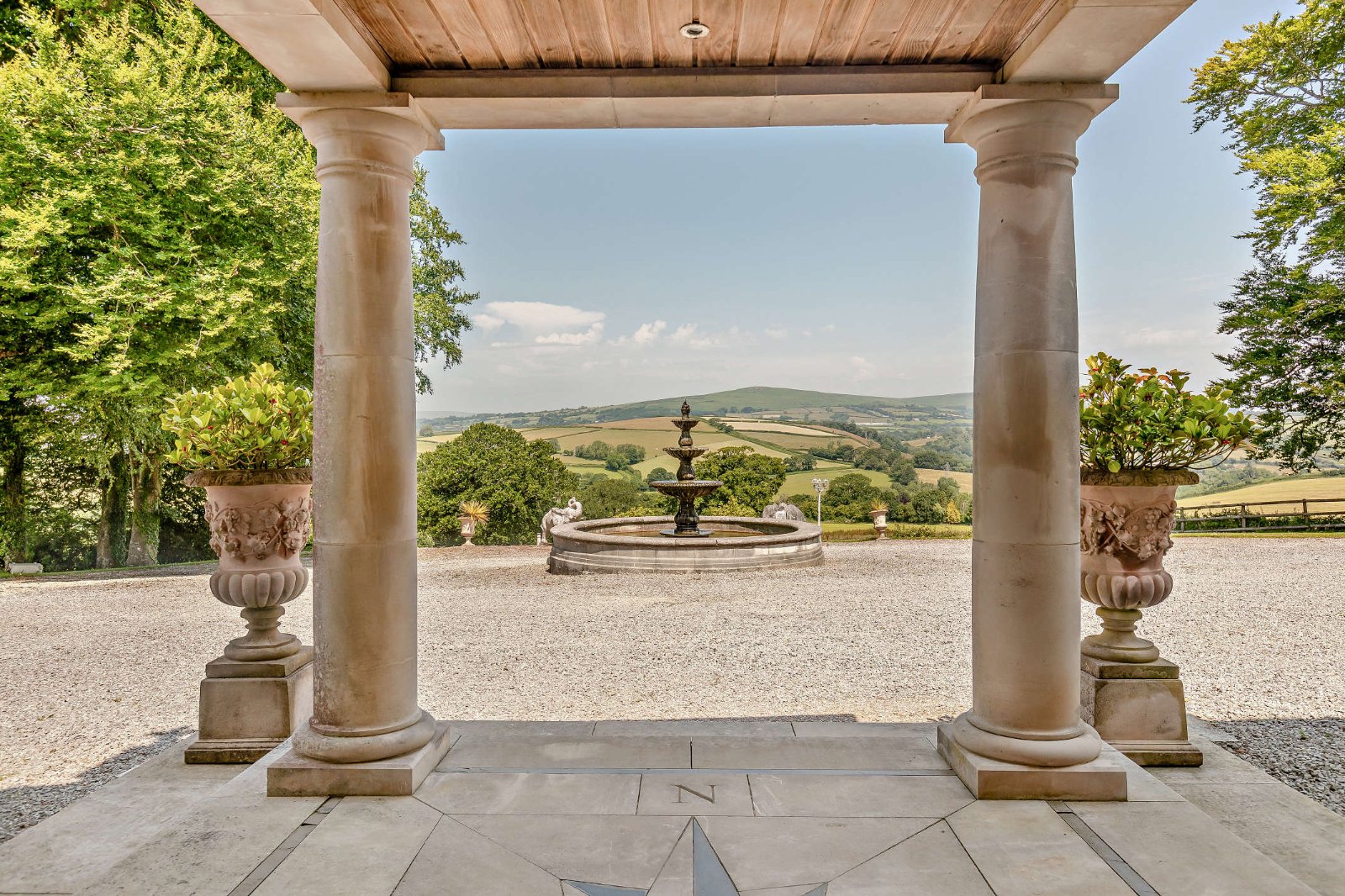 18 country houses across Britain, from £400,000 to £4 million, as seen in Country Life
18 country houses across Britain, from £400,000 to £4 million, as seen in Country LifeOur look at the homes to come to the market via Country Life this week picks out a charming Kent cottage and an Arts and Crafts house in Leicestershire.
-
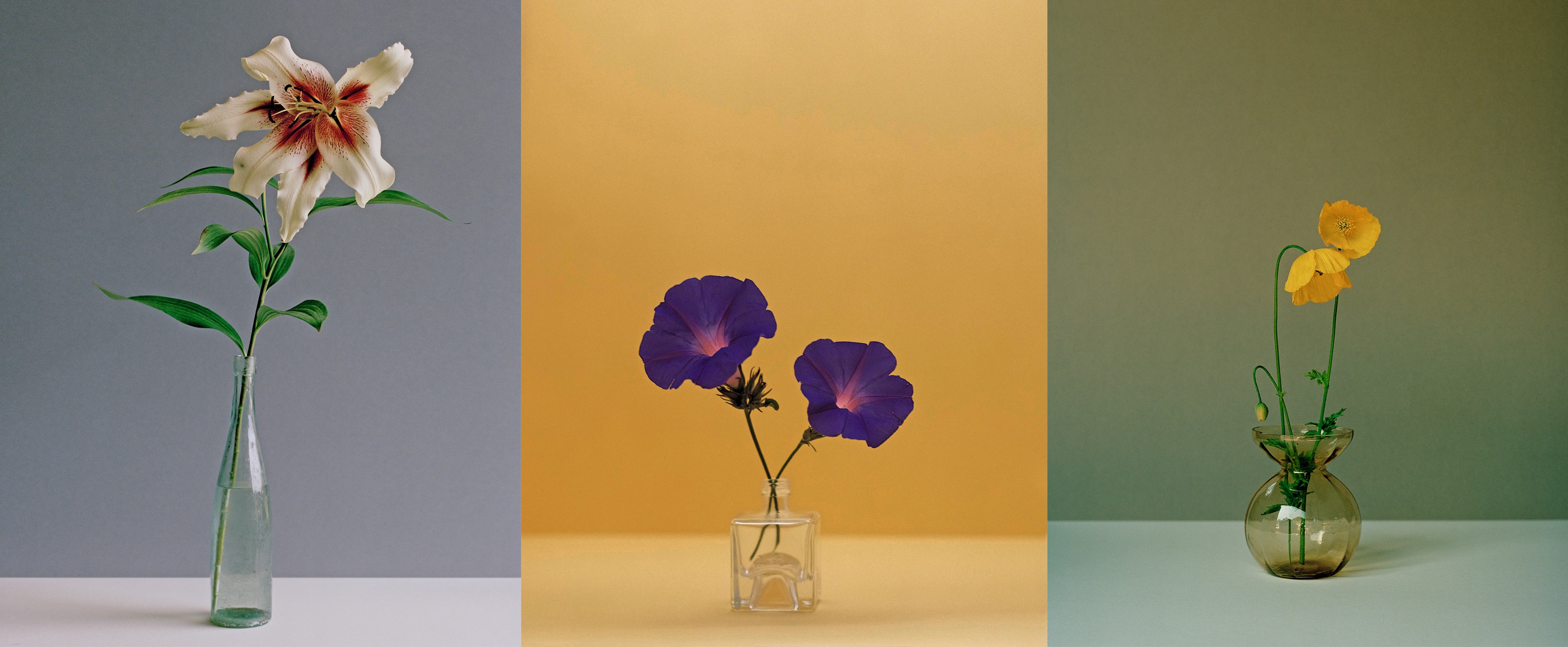 The greatest flowers make the greatest art
The greatest flowers make the greatest artA search for still-life subjects led Kate Friend to some of the greatest gardens and gardeners in the country
-
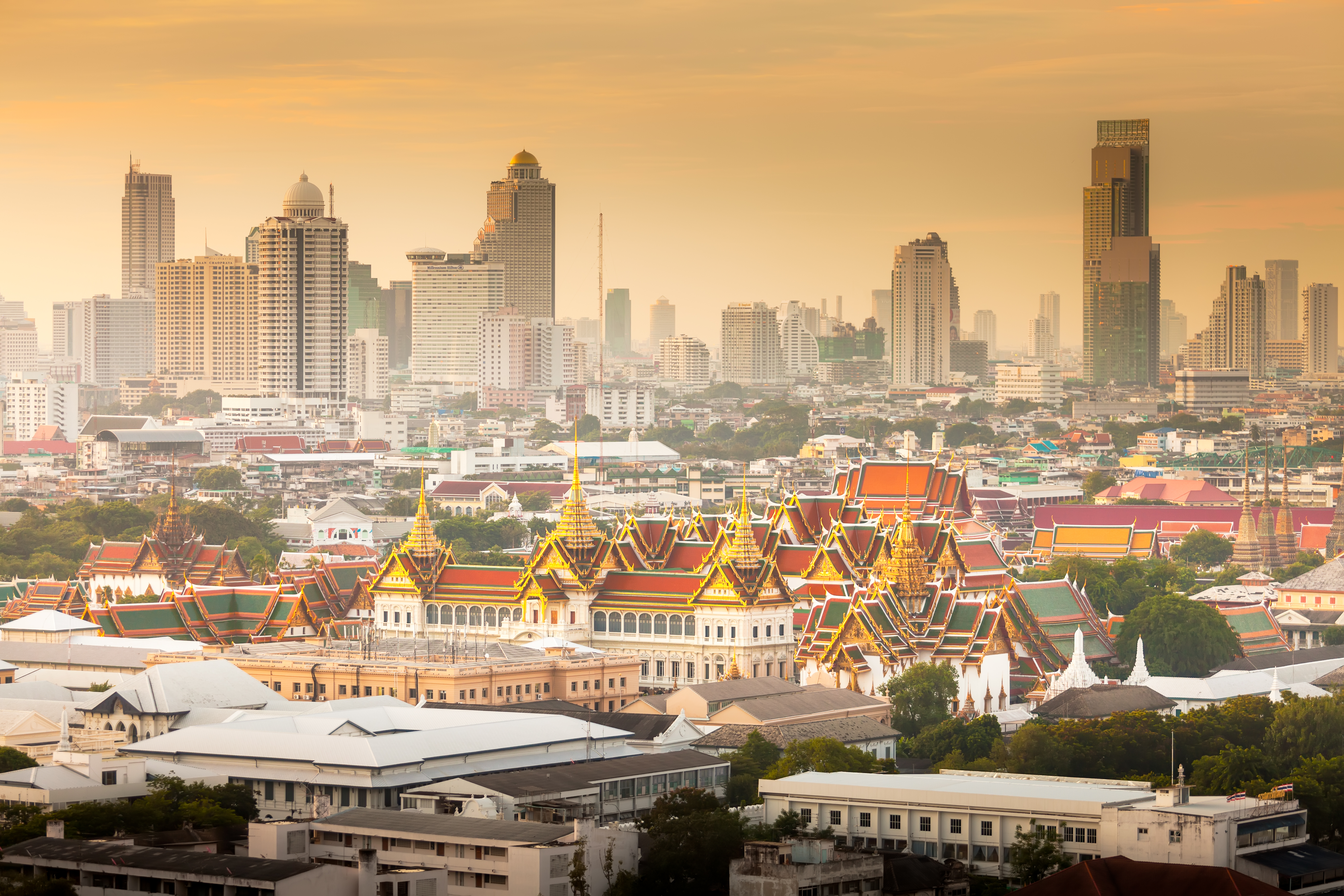 'The ugliness and craziness is a part of its charm': The Country Life guide to Bangkok
'The ugliness and craziness is a part of its charm': The Country Life guide to BangkokWhere to stay, where to eat and what to do in the Thai capital.
-
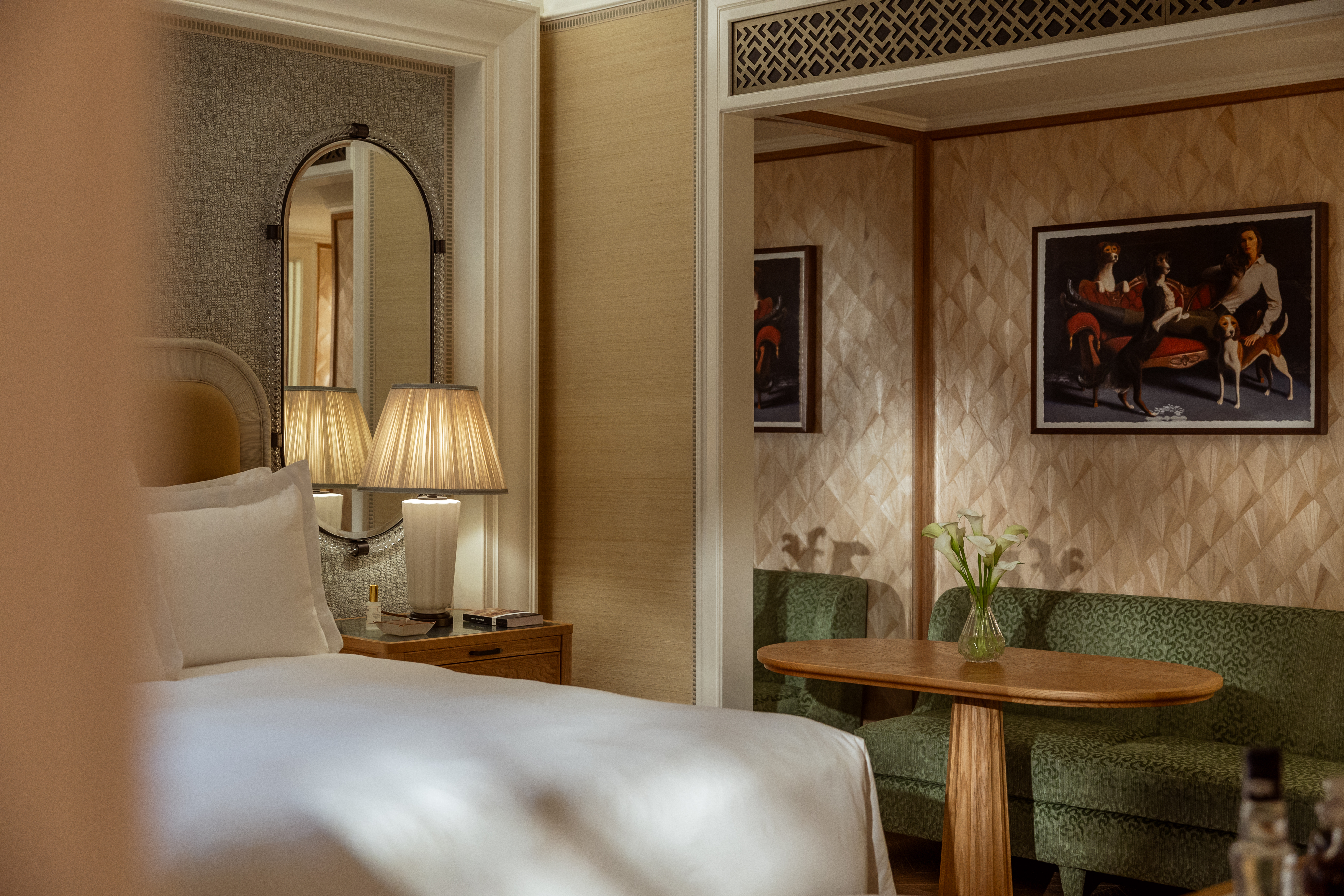 The Surrey hotel review: The new kid on New York's Upper East Side
The Surrey hotel review: The new kid on New York's Upper East SideRosie Paterson checks into The Surrey, A Corinthia Hotel, one year on from its grand opening.
-
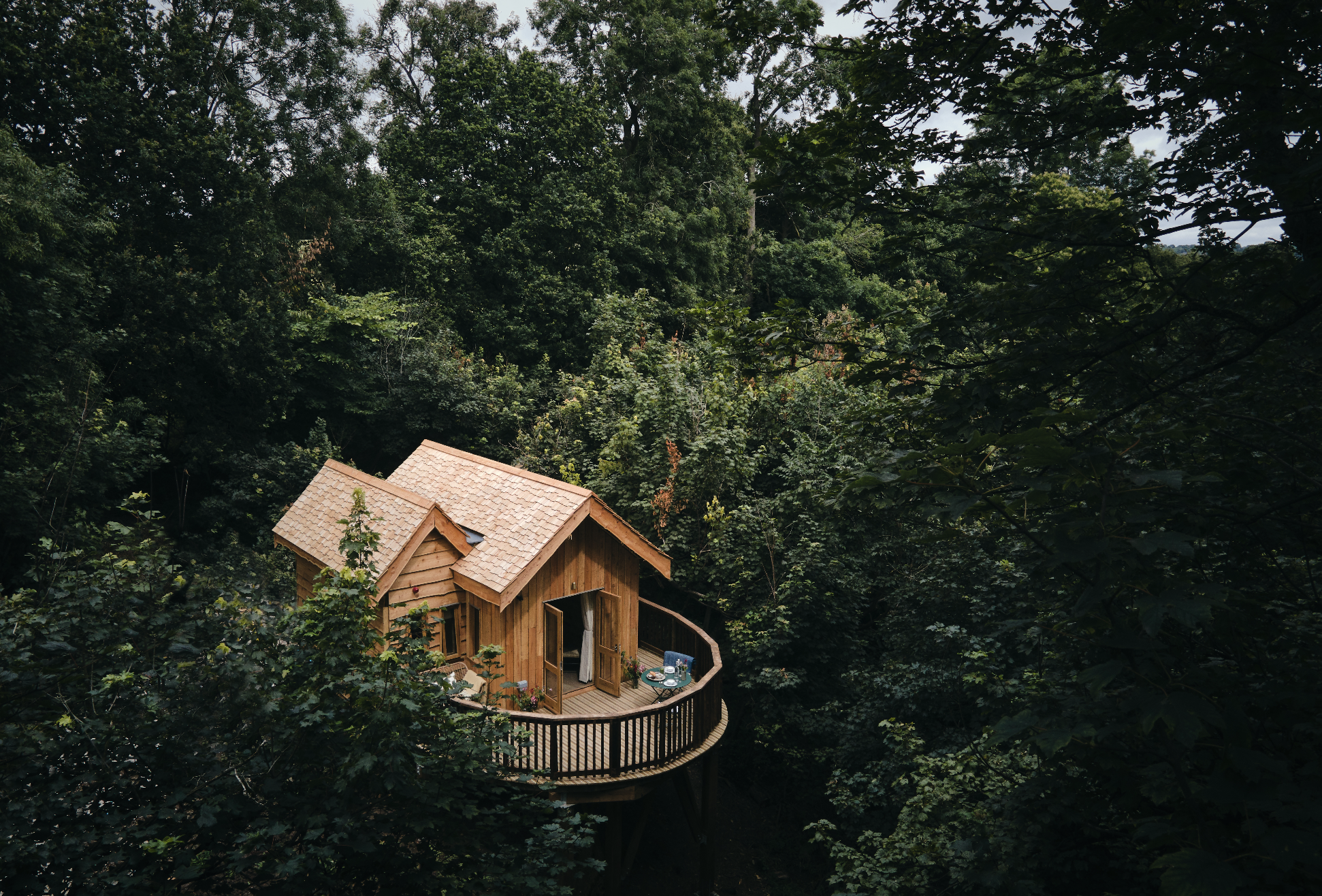 Wildhive Callow Hall hotel review: I felt like a squirrel preparing for hibernation and I loved it
Wildhive Callow Hall hotel review: I felt like a squirrel preparing for hibernation and I loved itThe boutique treehouses at this Derbyshire getaway are the best way to unwind in nature and explore the Peak District, writes Lotte Brundle.
-
 Ardbeg House review: Concept design is a tricky business, but this Scottish whisky distillery-turned-hotel proves that it can be done to great effect
Ardbeg House review: Concept design is a tricky business, but this Scottish whisky distillery-turned-hotel proves that it can be done to great effectSteven King checks in to Ardbeg House, a boutique hotel from the LVMH behemoth.
-
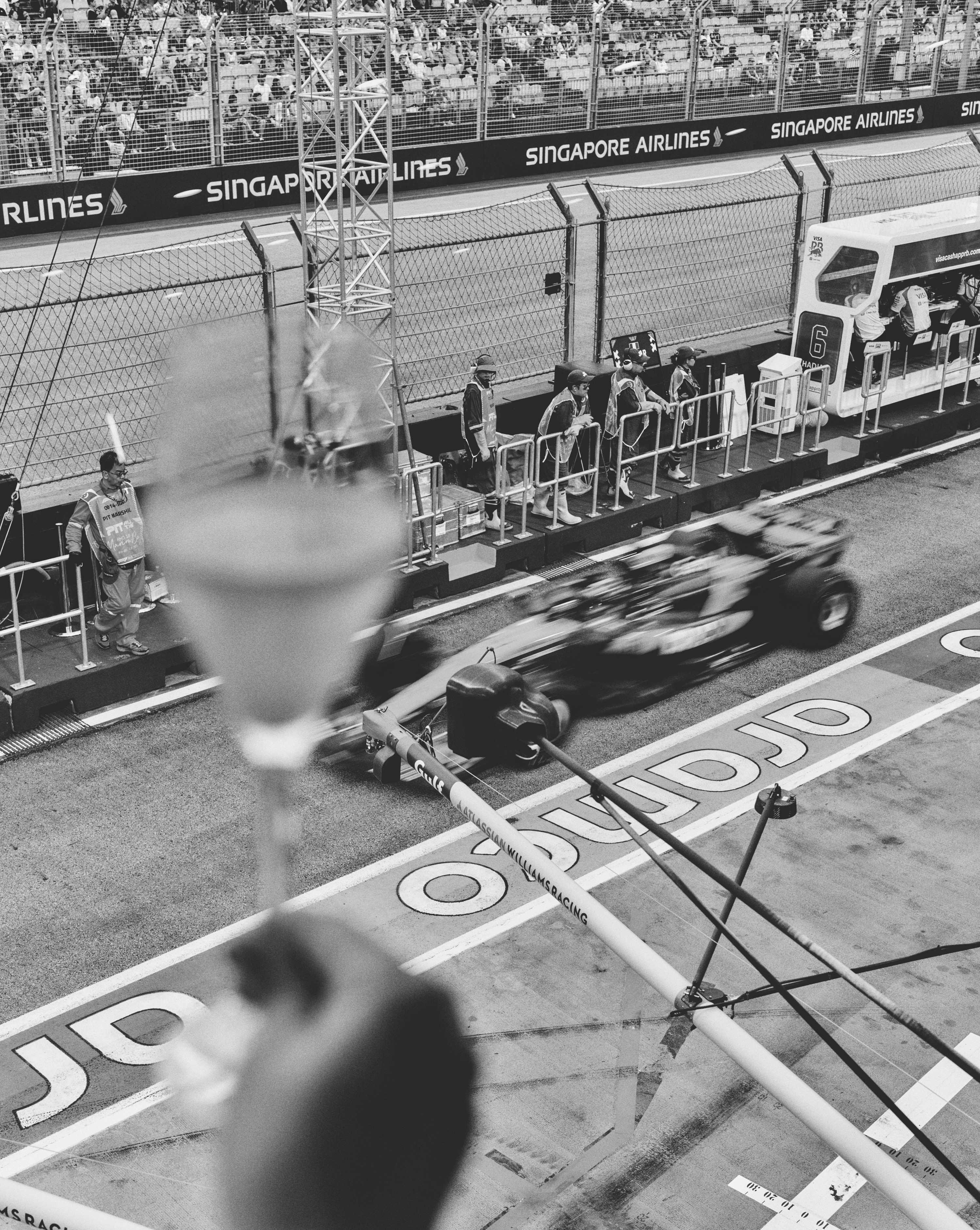 'The night smells like engine oil… and money': Singapore’s glittering night race paved the way for a new era of city-centre Grands Prix
'The night smells like engine oil… and money': Singapore’s glittering night race paved the way for a new era of city-centre Grands PrixIt's the Las Vegas Grand Prix this weekend, but it and other city-centre Grand Prix would be nothing without trailblazing Singapore. Natasha Bird explains how the city state got it so right.
-
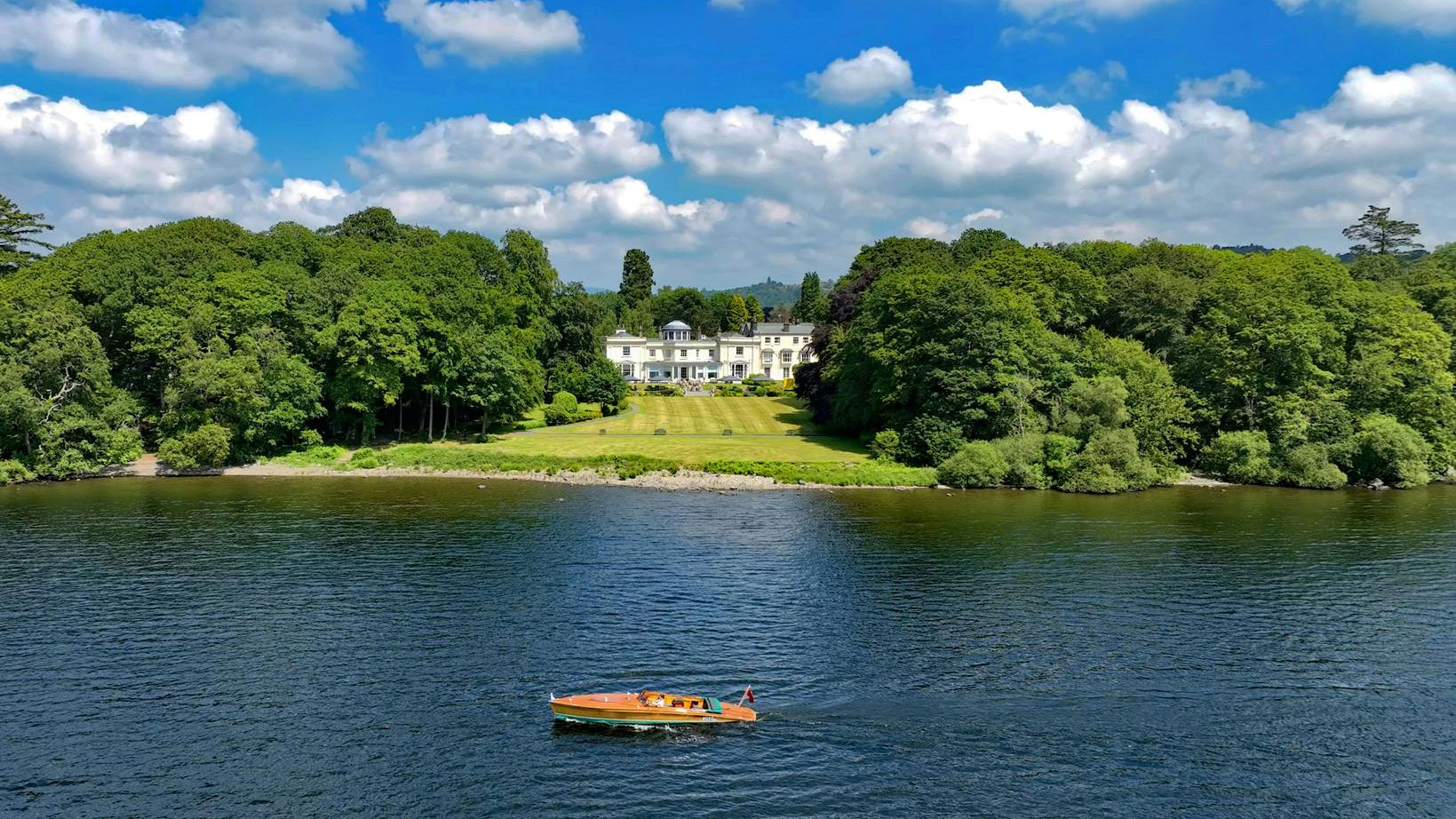 Storrs Hall: A glimpse of what a trip to Lake Windermere ought to be
Storrs Hall: A glimpse of what a trip to Lake Windermere ought to beLake Windermere — the largest stretch of water in the Lake District — is a tourist mecca that can often feel crowded, but head to places like Storrs Hall and you can still find the beauty and seclusion that first drew people here. Toby Keel takes a look.
-
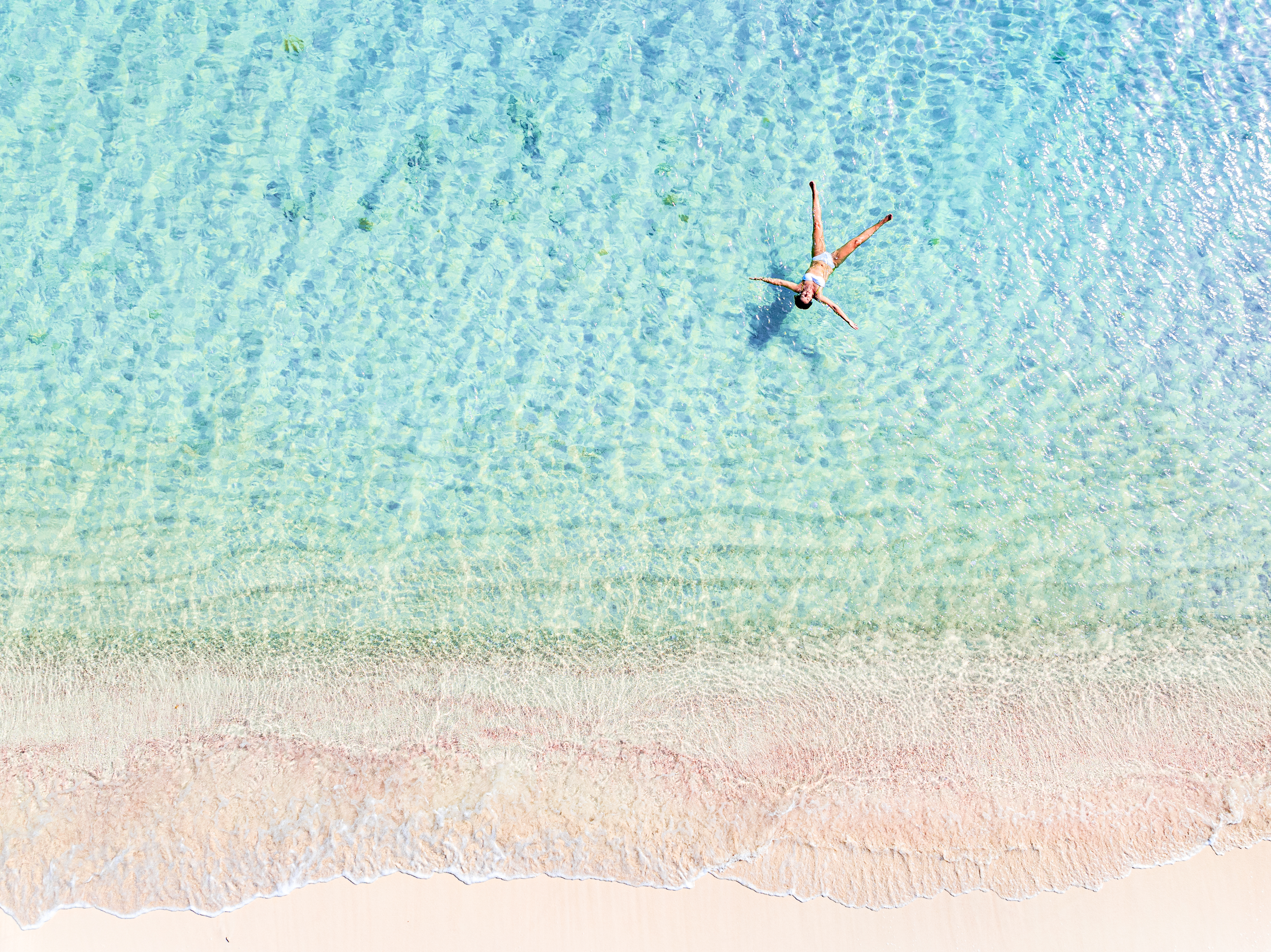 ‘For several days between Christmas and New Year, the departures lounge at Heathrow Terminal 5 becomes busier than Daylesford HQ’: A snob’s guide to winter sun
‘For several days between Christmas and New Year, the departures lounge at Heathrow Terminal 5 becomes busier than Daylesford HQ’: A snob’s guide to winter sunAnyone in their right mind abandons ship after Christmas for some winter sun, says Sophia Money-Coutts
-
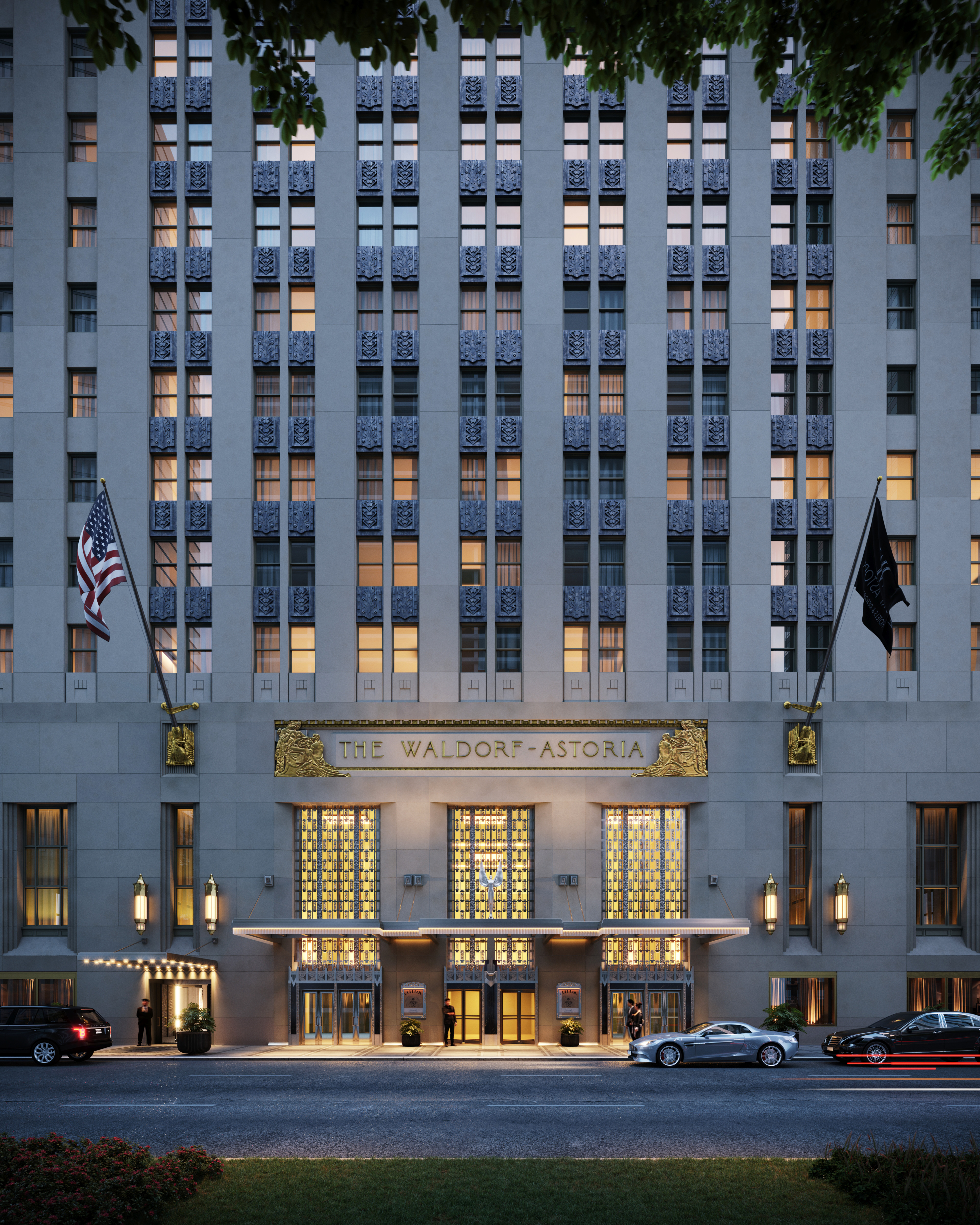 Waldorf Astoria New York review: The Midtown hotel where Frank Sinatra once partied and the salad of the same name was invented emerges from a decade-long renovation
Waldorf Astoria New York review: The Midtown hotel where Frank Sinatra once partied and the salad of the same name was invented emerges from a decade-long renovationOwen Holmes checks into the Waldorf Astoria New York hotel.
